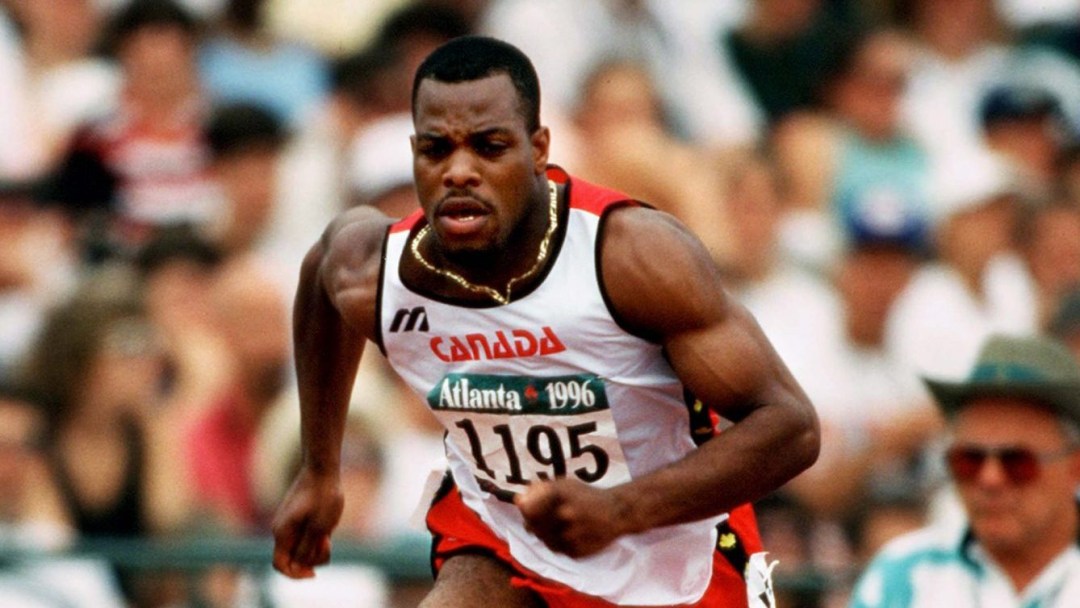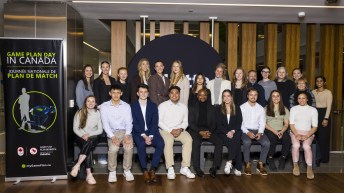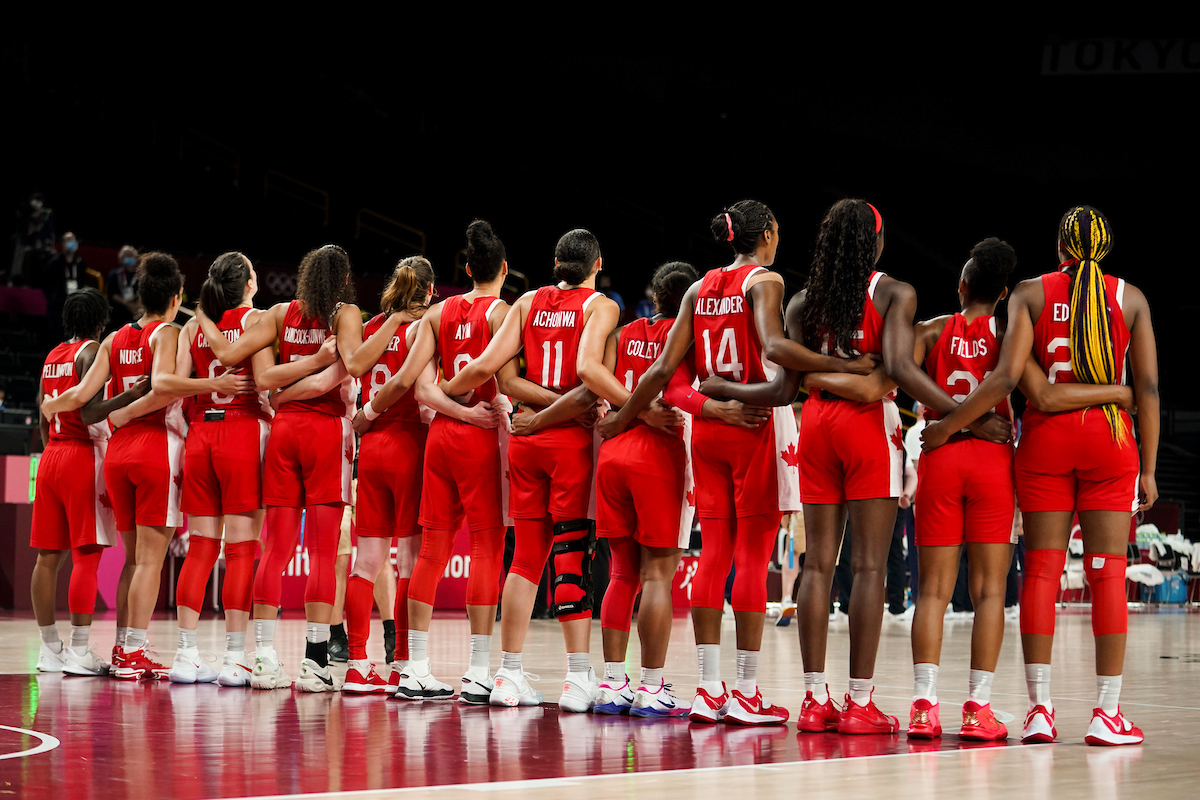Carlton Chambers
Lesson description
The Atlanta 1996 Olympic men’s 4x100m relay captured the eyes of the world. It was a showdown between the host team from the USA and the Canadian team that featured the new world record holder Donovan Bailey. Could the Canadian underdogs beat the favoured Team USA?
The tension mounted during the heats when the Canadian squad almost fumbled the last baton exchange. It was a close call, but the team made it through. Few people noticed that the team’s starting runner, Carlton Chambers, was not racing at his best. He had sustained a slight injury in the 200m and hoped that the injury would go unnoticed and be better in time for the final.
By the time the semi-final was run, it was evident that Carlton’s groin was not healing as hoped. He was unable to get to full speed. The truth was evident to him and after a discussion with one of the chiropractors working with the team, he knew he had to step down for the good of the team. The risks of him running went beyond a slow leg. If the groin pulled, the team would not even finish.
Fortunately, Robert Esmie was waiting in the wings and ready to fulfill his role as team reserve. The race was an epic moment in Canadian sport history. Not only did Canada beat the United States, but they set a Canadian record that stood for 26 years. The gold medal likely would not have been won, except for Carlton’s teamwork. By confessing to the injury and stepping down from the team, Canada was able to put its fastest and healthiest runners on the track.
This resource shows students that teamwork requires that you put the good of the team first. Sometimes that means making personal sacrifices like letting someone else take your spot or play a role you would have liked to play yourself.
Lesson instructions
Download the complete resource below
Special features
Each resource includes a teaching guide, learning activities and a story written at 3 reading levels, enabling teachers to easily adapt the lessons to students of multiple reading and achievement levels.
Learning outcomes
At the end of this lesson, students will be able to:
- Identify characteristics of successful teams and team members;
- Understand how to practice effective teamwork;
- Learn how to take teamwork experiences in the classroom and apply them to everyday challenges.



